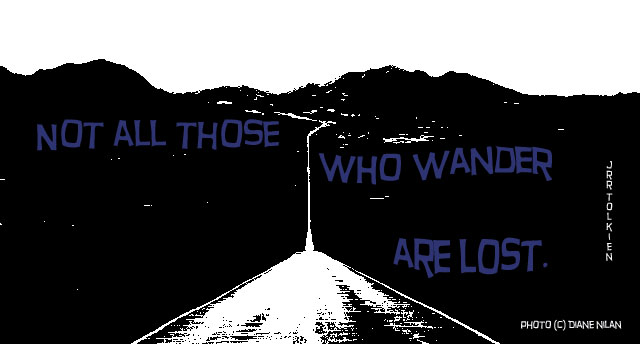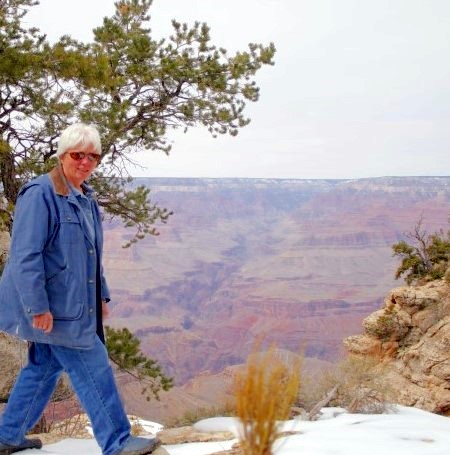[This post is longer than usual, and contains an informative link to NLCHP's similar comments. I’ve tried not to offend the good people who volunteer to do the HUD Point-in-Time count. But I’m sure I’ll step on a bunch of toes.]
 |
| Frank. One of millions. He counts. |
During the last week of January, since I’m part of the Carlisle, PA community for the time being, I volunteered to be one of the good souls that would go out and try to find and interview unsheltered homeless people in the Cumberland County jurisdiction. It was more curiosity than benevolence on my part.
Feeling somewhat guilty, I layered up, grabbing my seldom-used silk long undies, my extra warm socks, lined jeans, hooded sweatshirt, windproof jacket, waterproof gloves and shoes. All set to tromp in Snowzilla.
Pat and I met up with the band of volunteers at the chain grocery store cafe. This wasn’t my event to organize, so I could just hang back and nod in agreement. We signed our liability and confidentiality forms and headed out.
We hopped into the purpose-filled Element SUV driven by Ross, aka the Bike Guy. He retired from the railroad and is now, among other things, involved in providing those without bucks the opportunity to get bikes.
I was in the back seat, and didn’t feel the need to know anything more than I did know, which is that HUD requires communities to conduct this count at least every other January so HUD can report the numbers to Congress. It’s a process that’s become more organized in the past 10 years or so. When I ran a shelter we just endured the Census Bureau and their awkward and annoying efforts every 10 years.
Our train expert/guide was adept at finding places to drive along train property. His 4-wheel-drive vehicle made easy work of the ice and snow. And, I’ve got to say in sincere awe, he sure knows how to back up adeptly!
 |
| The End of January Snow in Carlisle, PA, |
We wove in and out of Harrisburg, PA’s train yards on the NW side of the city. With 2’ of snow on the ground, we were spared the chilly drudgery of tromping aimlessly through the woods. If we didn’t see a trail of footsteps through the snow, our zealous guide astutely decided that no one was living in that area.
We only had to get out once, and stood as Ross tromped down a hillside to follow the possible hot trail. It was. A 50-ish white male was camping in a remote spot, polite but not interested in the questions we were supposed to ask, so Ross decided to give us the details which Pat dutifully chronicled, and we returned to the warmth of the car to continue what was a futile venture.
Homeless people in these neighborhoods wouldn’t be on sidewalks in front of buildings, they’d be in alleyways or the parks. But the training materials explicitly stated "No parks, alleys, abandoned buildings, etc." out of concern for the volunteers’ safety. My team saw not a single homeless person. That does not mean they don't exist in the zip codes we covered, but that all the likeliest places where they would have been, we were not supposed to go. Eric Tars, Staff Attorney, NLCHP "Personal Reflections"
As I sat quietly in the back, I couldn’t help but remember an interview I did with a group of homeless youth in Harrisburg back in 2006 for a documentary I was working on. They took me around the downtown, sharing their challenges and showing me where they slept (alongside the train tracks, under a clump of bushes), where they got food, and where they hung out. They spoke of staying in abandoned buildings (Harrisburg has plenty) and their struggles to stay warm and dry.
I looked out the window as we zoomed through bedraggled neighborhoods, wondering how you’d be able to conduct a decent census of those harbored illegally in this ghettoized city. I glanced at 24-hour laundromats and fast food joints, places of refuge as I’ve been told by those I’ve interviewed over my past 3 decades. We didn’t look there. We haphazardly zipped through a few parking lots, but tonight’s 10 degree temps might discourage the average car-sleeper.
And we had no way of gauging the number of individuals and families who have desperately turned to a friend, relative or acquaintance to couch surf or sleep in a corner of the basement, without a doubt the most common way for families to survive their homelessness. (WOWM)
As we bounced over ice ruts, I tried to calculate the vast amount of resources being expended nationwide for this sacrosanct PIT count. Incalculable.
Is it a testosterone-fueled “search and count” expedition? Maybe, in part. Is it a do-gooder’s mission? Also in part. Is it futile? The numbers speak for themselves.
HUD reports to Congress yearly, part of the ritual of proving that the meager $2.25 billion they get to address homelessness is being well-spent. The declining numbers of “chronically homeless” people, including vets, might be seen as a sign that things are working. And for some lucky street-escapees, it has.
I know lots of dedicated people expend tremendous efforts to alleviate homelessness in their communities. And I know lots of people are grateful to get their own home, humble as it might be. But…
My big issue is with HUD and opponents of our grassroots, bipartisan efforts to expand the definition of homelessness to include those who double up with others due to lack of options, or seek shelter in no-tell-motels, or camp in dilapidated rigs or in the many other permutations that I’ve heard about and seen.
The vulnerability of these arrangements is talked about in my HEAR US documentary Worn Out Welcome Mat - Kansas. To deny the vulnerable and fragile existence of millions of families, youth and single adults in these circumstances; to exclude them from qualifying for HUD services, including emergency shelter; to keep Congress in the dark about the abysmal and dangerous lack of decent housing for those most vulnerable…well, it’s appalling for starters.
We exert impressive efforts to pursue the impossible task of “counting angels on the head of a pin” as my friend and fierce advocate Mitch Snyder was fond of saying, but we can’t find the wherewithal to make sure babies, toddlers, kids, parents and adults have a safe place to call home. I call that bogus.






